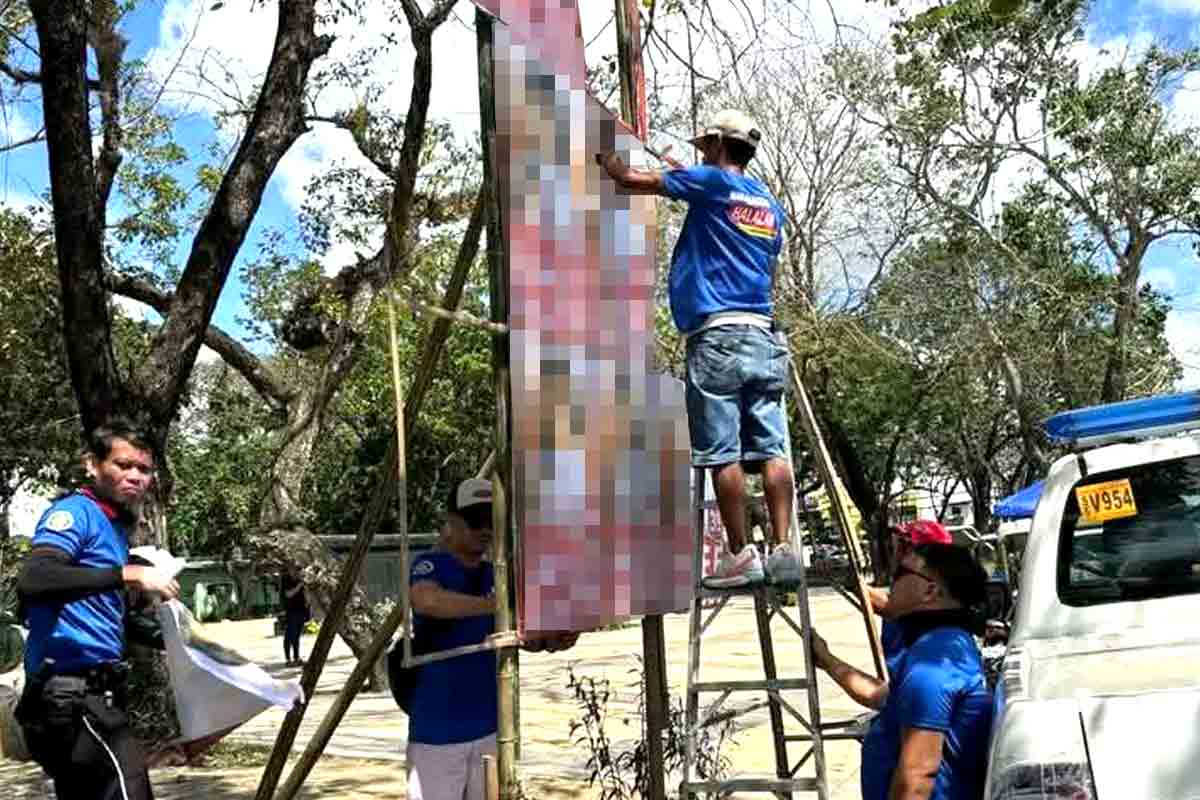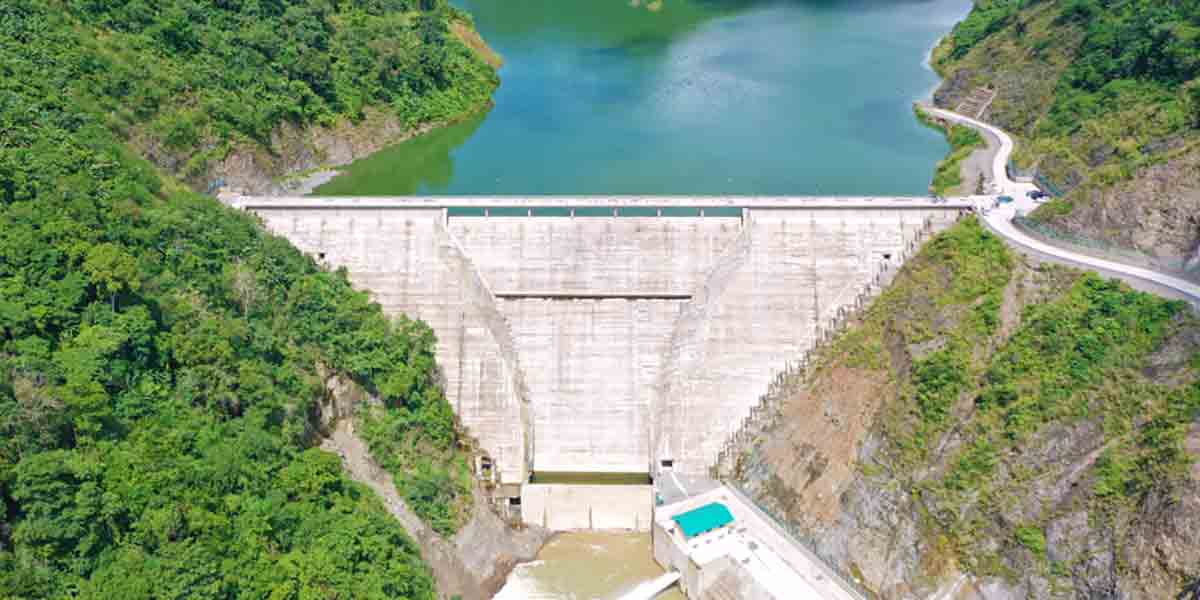The warnings about land subsidence in Iloilo City should not be dismissed, even if its rate is lower compared to other regions.
Mayor Jerry Treñas’ concerns over why Iloilo is being singled out deserve attention, but focusing on the rate alone misses the bigger picture.
Land subsidence, the gradual sinking of the ground, may appear less threatening in Iloilo at 9 millimeter (mm) per year compared to Bulacan’s staggering 109 mm/year, yet the dangers remain real.
The consequences extend beyond visible floods; subsidence invites saltwater intrusion, destabilizes infrastructure, and accelerates environmental degradation. These risks aren’t science fiction—they are facts waiting to unfold.
One only must look at the current plight of Metro Manila with typhoons Enteng, Carina and even from a modicum of rain for a rational person to understand the concern.
Starting in the 70s, Metro Manila had already been warned, warnings it ignored and now, it bears the consequences of having those deaf ears. We don’t want Iloilo to end up being Metro Manila.
To focus attention on this and hopefully, spur action is what you should expect from an engaged media and civic society. To counteract, mitigate and even reverse the progression of this occurring event will take a collective effort from all of us.
Yes, it will involve political will as tough decisions will have to be made. It may, understandably, be beyond the imagination of many to visualize an Iloilo under water but if we don’t act now, it will be.
Our hope is all this “focus” will not fall on deaf ears. If it takes sensationalizing this problem to call attention to it and get people to hear, then so be it. But then again, it’s all relative. It may be sensationalizing to one who may need to know more but to those who understand the consequences of not doing anything, it is just a sober assessment of the facts that are in front of us.
Treñas’ request for further studies is valid. Ensuring that scientific data is comprehensive and well-analyzed is crucial for informed decision-making. However, the data we already have should not be swept under the rug. The UP study provides a solid basis for action and planning. Future research should refine these findings, not undermine the need for immediate attention.
Waiting for more definitive signs—such as crumbling historic structures or worse, parts of the city sinking—may lead to irreversible damage. Iloilo’s local government and its citizens must use this opportunity to prepare, focusing on solutions like enhancing drainage systems, strengthening infrastructure, and restricting the over-extraction of groundwater, which aggravates the subsidence.
Ignoring the slow but steady warnings is a dangerous gamble. As history shows us with Metro Manila, time runs out quickly for cities that turn a blind eye. Iloilo still has the advantage of foresight.
Preparation is not a sign of panic—it’s a necessity. Taking the time now to reinforce Iloilo’s infrastructure, develop land-use plans that consider subsidence rates, and ensure that water management systems are built for the future will save the city from more costly measures down the line.
Whether the subsidence rate is minimal or dramatic, the lesson from other cities is clear: ignore the signs at your own peril. We don’t need to wait for Iloilo to be underwater before we take action.
The slow sinking of the city is already underway—how we respond today will determine whether Iloilo can rise above it or be consumed by it in the years to come.
Let us not fall into the trap of complacency.

























